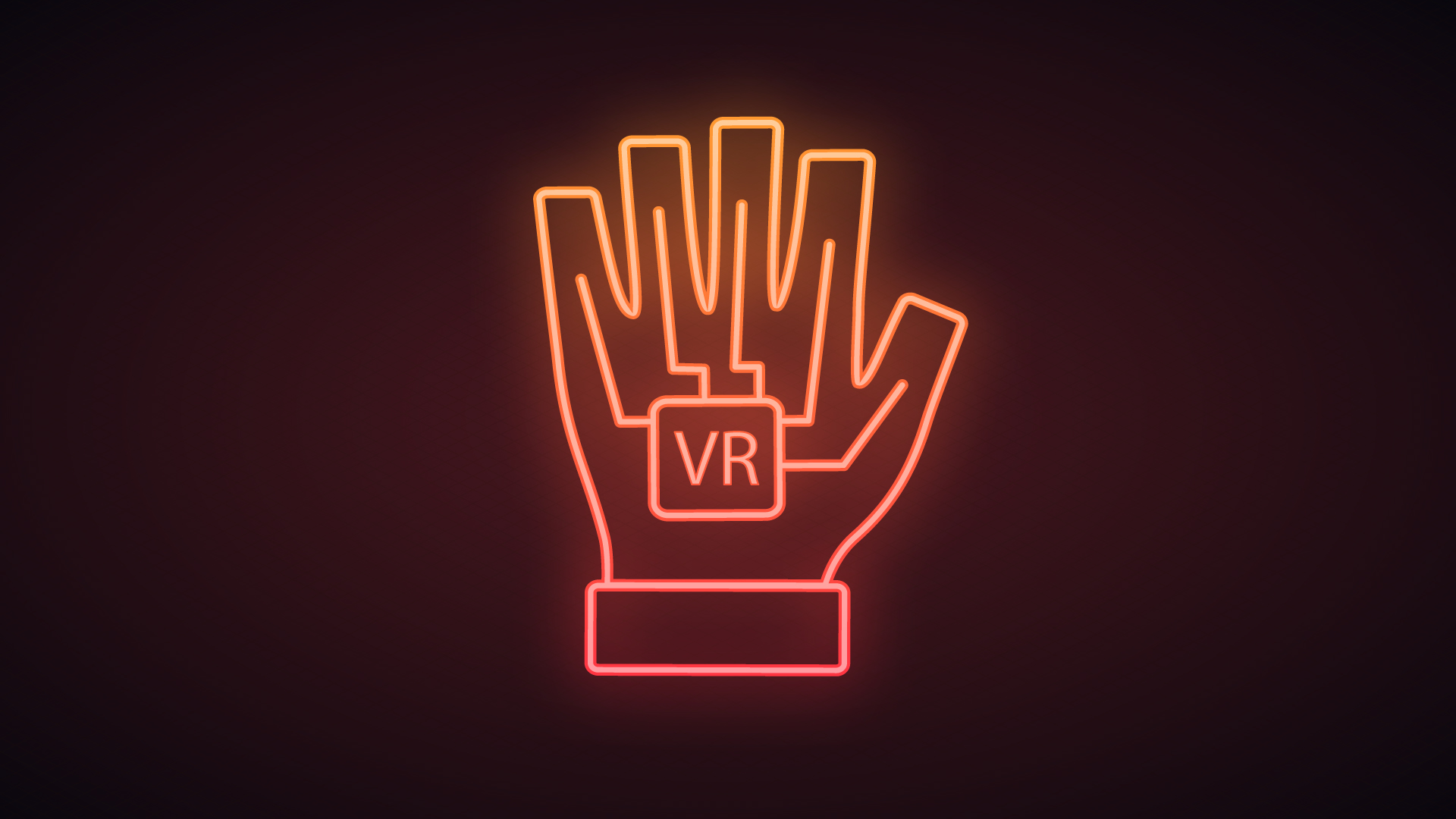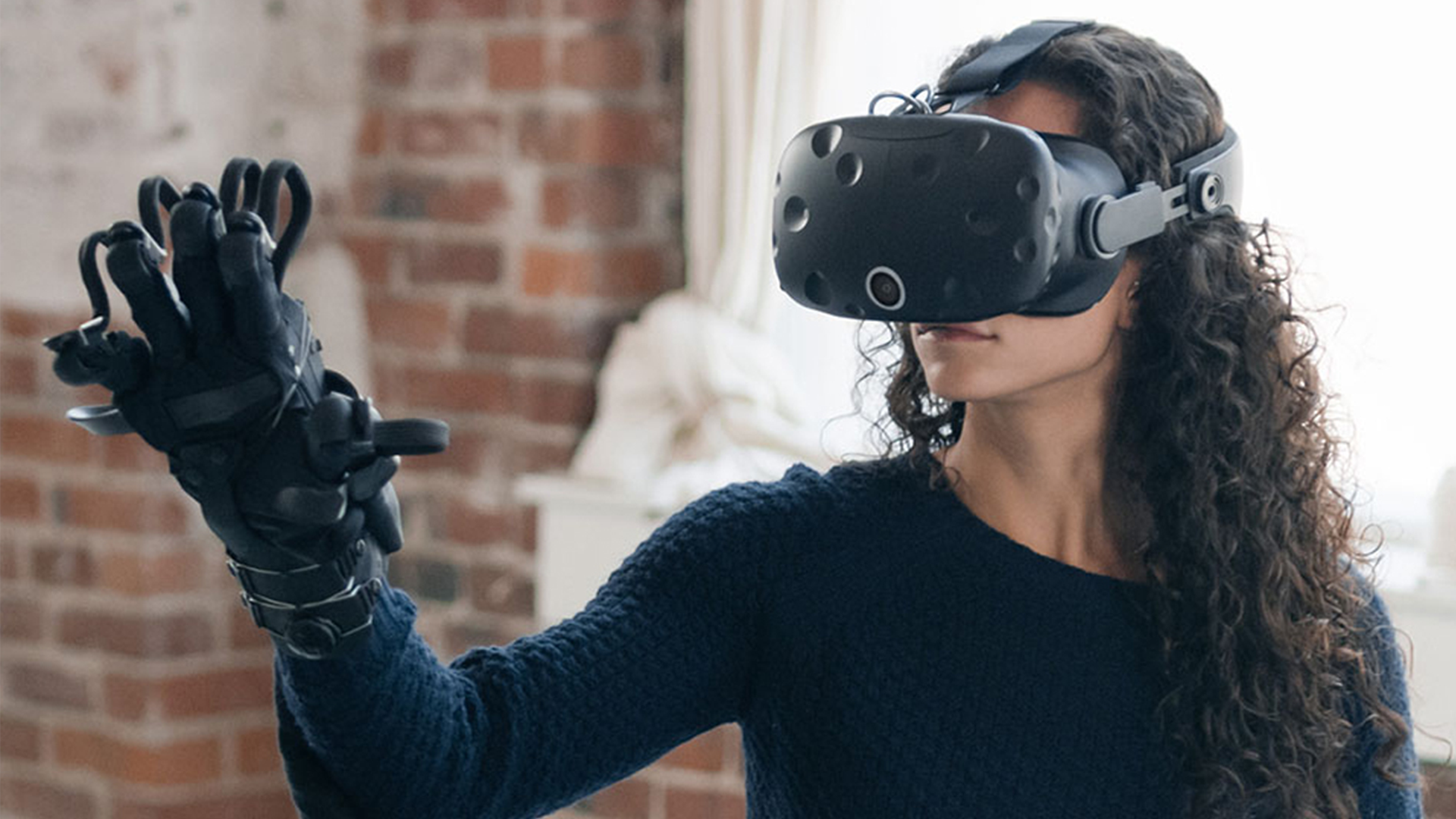We are very pleased to announce that we have won funding for the Audience of the Future programme by UK Research and Innovation through the Industrial Strategy Challenge Fund. Sliced Bread Animation will provide design and development services in order to create a commercially viable application for use within specified industry sectors. We will do this through integrating the services Generic Robotics provide into multiple hardware devices. We will seek to create a haptics-based user creation tool that supports the development of storytelling and training via Virtual Reality (VR) primarily for the pharmaceutical industry, whilst also considering other sectors that would benefit from such an application.
Our end product is expected to be a commercially viable application that can be used primarily in the pharmaceutical industry for marketers and trainers to be able to create VR mechanism-of action experiences.
The application will cater for non-technical users, removing the barrier to entry and allowing them to concentrate on building focused, product demonstrations. Quite often MoA’s get ‘lost in translation’ since pharmaceutical companies need to explain the product interactions, be that through medication or devices.
We will be working as part of a consortium which includes Generic Robotics, Numerion Software, Open University, Science Museum Group, and The University of West London. The end product will be demonstrated at the Science Museum in 2021.
The lack of ability to create rapid workflows for pharmaceutical marketing is an ever increasing problem. Complex mechanism of action (MoA) interactions that need to be shown through immersive technologies often means that there is vast volume of work to be done to support the 360 environment. This quite often prohibits pharma companies in being able to share the MoAs with patients who may be experiencing the condition, due to high costs and content ownerships.
The ability to rapidly prototype through haptic technology in 360 would greatly enhance the pharma marketing environment. An extensive library of anatomy assets should be available to end-users including biological objects that need to be explained and interacted with at macro level. Pharma marketers would be able to design their own story through drag-and-drop haptic interfaces and share the final experience with their peers, prospects and patients.
In our commercial experience hardware is also a barrier to entry, advances in standalone headsets and a significant price drop, means that access has never been easier for marketers to demonstrate their products. End users are also no longer required to assemble hardware before engaging with the experience, instead it’s a plug-and-play approach. Around 5 years ago when we first started working in the VR space, hardware was cumbersome and expensive, typically a configuration cost of single unit was around £5k, now it’s about £600. Talking to our clients and considering the cost per acquisition of new clients this price points enables them to target new prospects with affordability.
We would seek to create a VR story interface, that would allow marketers to develop their own marketing stories in immersive space using an extensive anatomy library and easy to use playback and review, integrating this with haptic technology will open up a realm of possibilities, requiring little, or no technical knowledge.
The sense of touch is our physical connection to the world around us. Haptic technology recreates our sense of touch for the digital world. Haptics in the creative industries has primarily been applied as vibration in computer game feedback and in other niche industry areas (surgical training, flight simulators). As the necessity for touch in immersive experiences becomes clear, interest in haptics is rising.
“HAPPIE” (Haptic Authoring Pipeline for the Production of Immersive Experiences) will enable haptic content to be created faster and more efficiently and provide the software infrastructure to allow smooth and reliable content distribution.
HAPPIE will address 3 barriers to enable/accelerate haptics uptake into UK multi-£Bn creative industries.
1. Research and development of device independent haptics middleware enabling futureproof design and purchasing decisions for non-experts.
2.Research and development of device independent haptics authoring tools built on (1) to enable a new category of job “Haptic artist”.
3.Research and development of a diverse selection of exemplar haptic demonstrations using (1) and (2) above in AR/VR/XR. To inform development and validate the outcome of (1) and (2) and to inspire the UK creative industries as to haptics’ wider potential.
As the project progresses we will updating this site on its developments.












